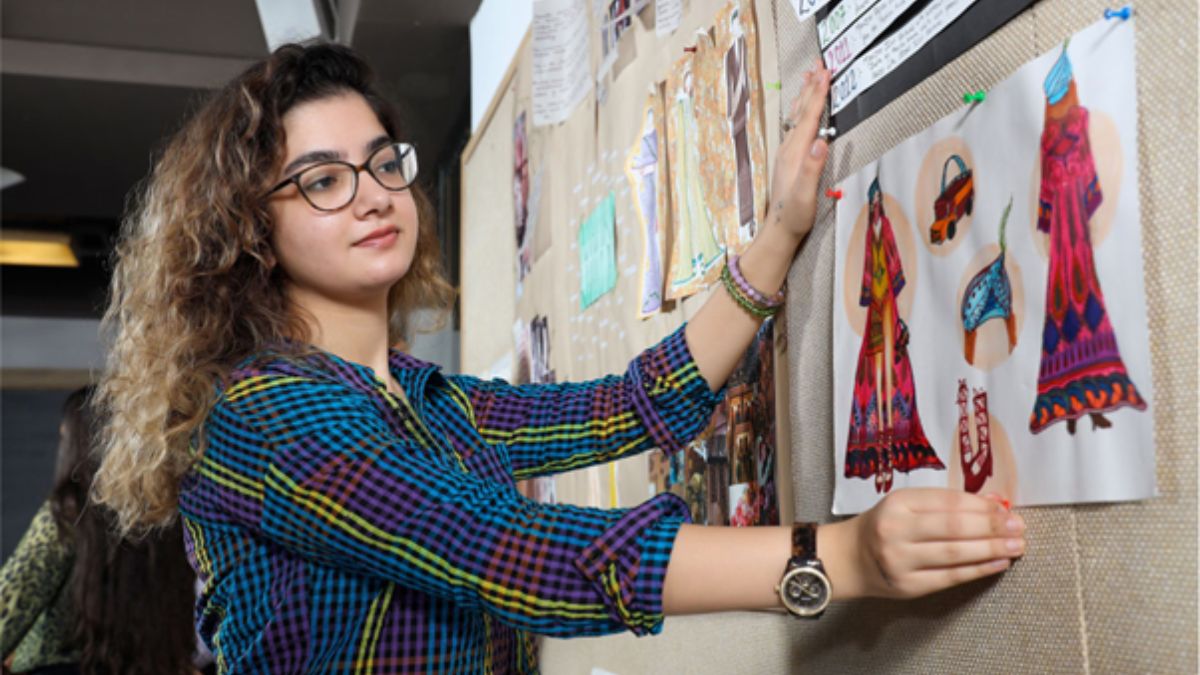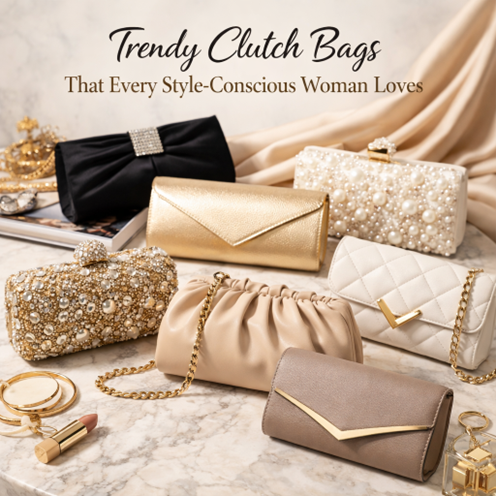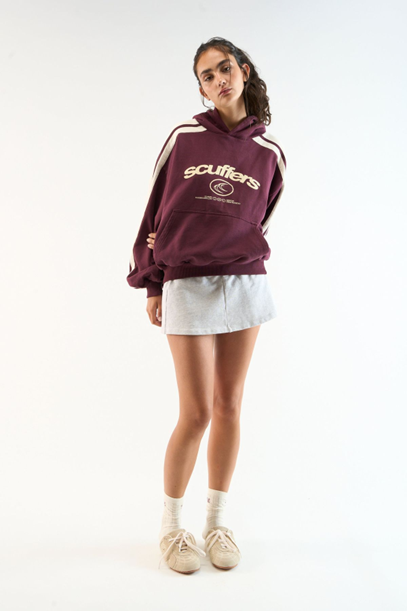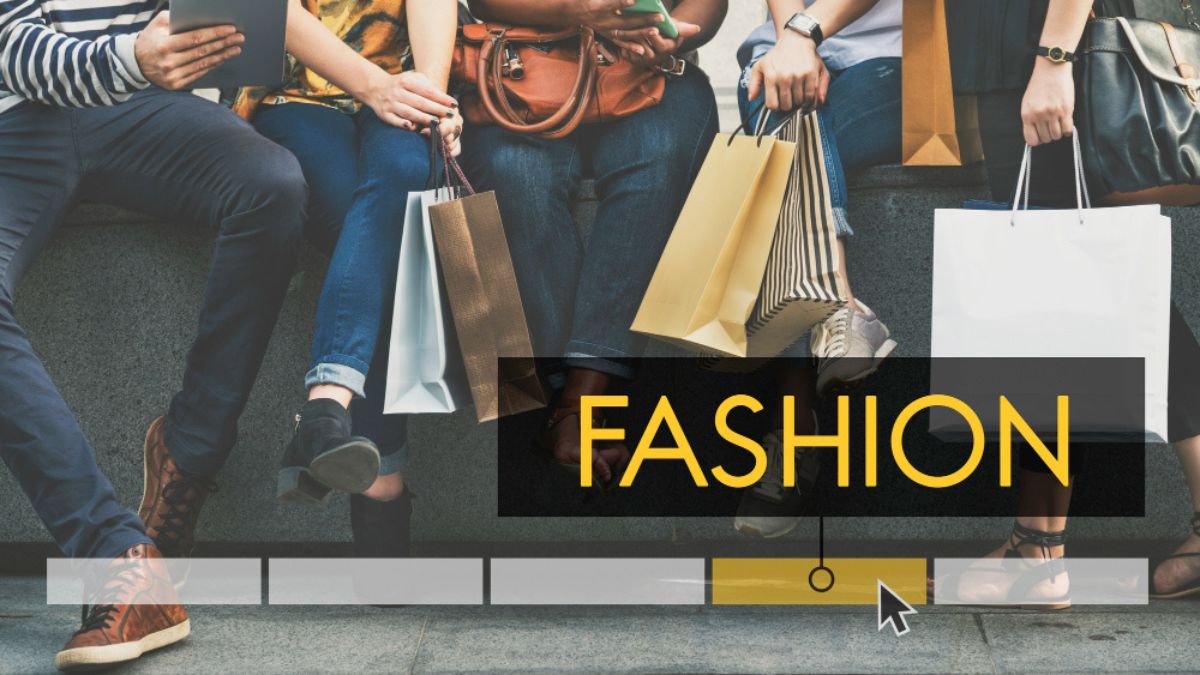Fashion trend forecasting has changed a lot thanks to technology. Today, US brands don’t just rely on magazines or guessing what will be popular. Tools like Trendalytics help designers, retailers, and marketers predict trends with confidence.
Think of it like a crystal ball, but instead of magic, it uses data, AI, and analytics. It helps brands make products people actually want, plan inventory, and stay ahead of competitors.
Table of Contents
- How Fashion Trend Prediction Has Changed?
- Role of Technology in Modern Forecasting
- Popular Fashion Trend Tools in the US
- How Trendalytics Predicts the Future?
- Types of Trends and Examples
- Seasonal and Emerging Trends
- Future of Fashion Trend Forecasting
- Challenges in Technology-Based Forecasting
- Conclusion
- FAQs
How Fashion Trend Prediction Has Changed?
In the past, brands relied on magazines, fashion shows, and experts to guess what would be popular. Sometimes they got it right, but often they ended up with unsold products.
Now, technology makes things much easier. Brands can see real-time data from social media, online searches, and e-commerce sites. For example, if many people in the US search for “oversized jackets” or “athleisure wear,” tools identify the trend before it becomes widespread.
Forecasting isn’t just about colors or styles anymore. Brands can track consumer behavior, seasonal preferences, and even cultural changes. This lets designers make products that sell faster and connect with the audience.
Even smaller US brands benefit. They don’t need huge trend teams; they can use technology to compete with bigger brands. Technology helps brands act fast, not just react.
Role of Technology in Modern Forecasting
Technology in fashion trend forecasting plays a very important role. AI, big data, and machine learning can spot patterns humans might miss.
For example, AI can scan thousands of social media posts, online searches, and fashion blogs every day. It notices which fabrics, colors, or styles are becoming popular. This helps US brands create designs customers love.
Data analytics is another plus. By studying past sales and shopping habits, brands can predict demand more accurately. That means less waste, more profit, and smarter business decisions.
They show which products will sell well in different regions of the US. Brands can plan inventory and marketing campaigns more effectively.
Technology also allows experimentation. A designer can test a small collection in one city, gather feedback, and improve it for the next season. This reduces risk and boosts success.
Popular Fashion Trend Tools in the US
Many tools help US brands predict trends, but one stands out:
It tracks online searches, social media mentions, and e-commerce trends to see what’s gaining popularity. It predicts colors, fabrics, and styles so brands can plan collections and marketing smartly.
Unlike older methods, it gives real-time insights. This helps brands respond quickly and stay ahead.
US brands of all sizes rely on Trend because it is simple, accurate, and practical. Small brands can compete with bigger companies using the same insights.
How Trendalytics Predicts the Future?
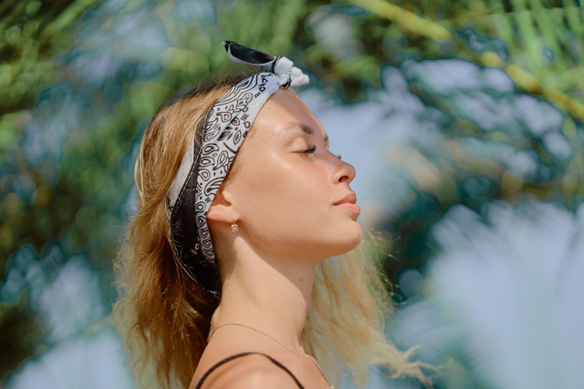
It works by looking at millions of data points from online searches, social media, and shopping platforms.
For example, if searches for “tie-dye sweatshirts” rise in the US, it identifies it as a new trend. Brands use this information to design new collections, plan product launches, and adjust marketing campaigns.
It also shows trends by region. A style popular in New York may not be as popular in Los Angeles. This helps brands plan inventory and marketing smartly.
By using Trendalytics, US brands save time, reduce mistakes, and make smarter decisions. Even small brands can compete because they have the same insights as larger companies.
Types of Trends and Examples
AI Fashion trend forecasting tools come in different types:
- Gen Z Fashion Trends: Bold and unique styles popular with young shoppers, like crop tops and chunky sneakers.
- Seasonal Fashion Trends: These change with the seasons. Spring favors pastels and florals, winter favors neutrals and cozy layers.
- Sustainability Trends in Fashion: Eco-friendly fabrics and ethical brands. Tools can track searches like “organic cotton” or “recycled materials.”
- Emerging Design Trends: New patterns or styles that become popular quickly. Tools help spot these early.
Seasonal and Emerging Trends

| Season | Key Trend | Predicted Colors | Popular Styles |
| Spring | Floral & Pastels | Soft Pink, Light Blue | Maxi Dresses, Skirts |
| Summer | Athleisure | Bright Yellow, Lime Green | Crop Tops, Shorts |
| Fall | Layered Look | Earth Tones, Rust | Jackets, Cardigans |
| Winter | Cozy Minimalism | Neutral Beige, Grey | Sweaters, Scarves |
Future of Fashion Trend Forecasting
The future looks exciting. Tools like Trendalytics will get even smarter, spotting trends earlier and analyzing behavior more deeply.
US brands can plan collections faster and meet local preferences. Forecasting will become more personalized, helping brands target regional tastes effectively.
AI and data reduce waste, save money, and help brands make products people love. Creativity combined with analytics ensures long-term success.
Challenges in Technology-Based Forecasting
Even the best tools have challenges:
- Dependence on Data: Good predictions need good data.
- Balancing Creativity: Too much focus on data can limit new designs.
- Costs for Small Brands: Trendalytics may be expensive for some.
- Fast-Moving Trends: Some trends rise and fade quickly, especially with Gen Z.
Still, it helps brands make smarter decisions than guessing. It supports creativity and growth in the US market.
FAQs
Q1: What is fashion trend forecasting?
Predicting which styles, colors, fabrics, and designs will be popular in the future.
Q2: How do US brands predict trends?
Many use Trendalytics, which analyzes social media, searches, and sales data.
Q3: Can small brands afford Trendalytics?
Yes, even small brands can use it smartly to stay competitive.
Q4: How accurate are AI predictions?
Very accurate when combined with human creativity and insight.
Q5: What are the top trends in 2025?
Gen Z bold styles, seasonal colors, sustainable fabrics, and emerging designs are popular in the US.


